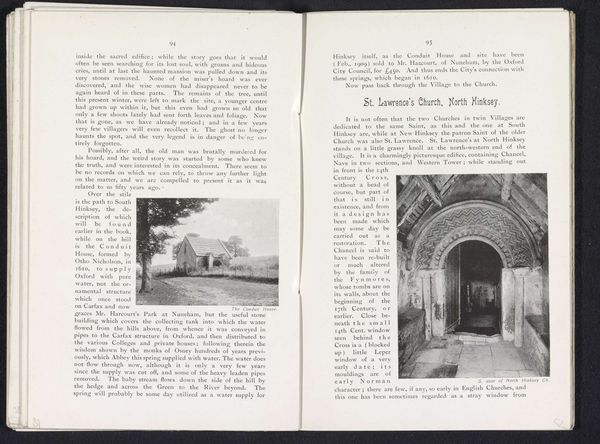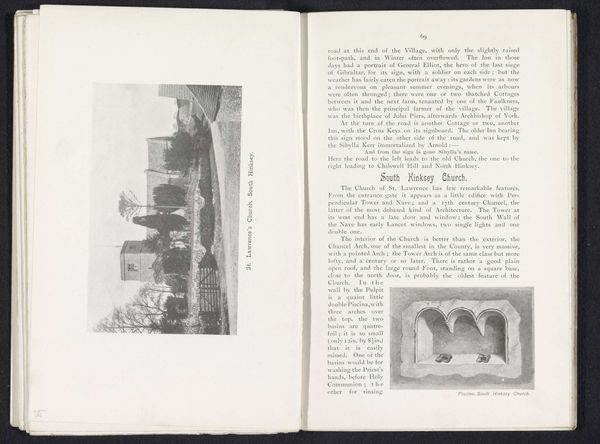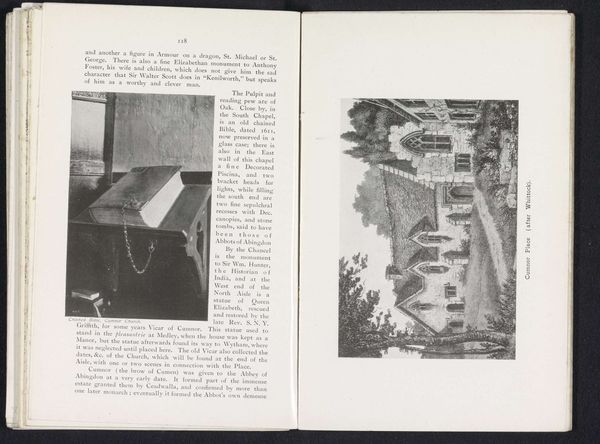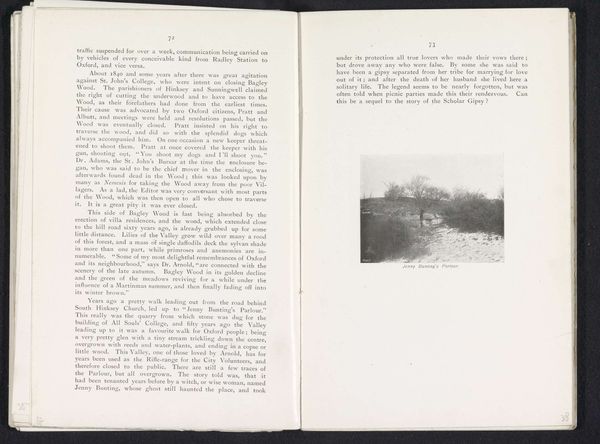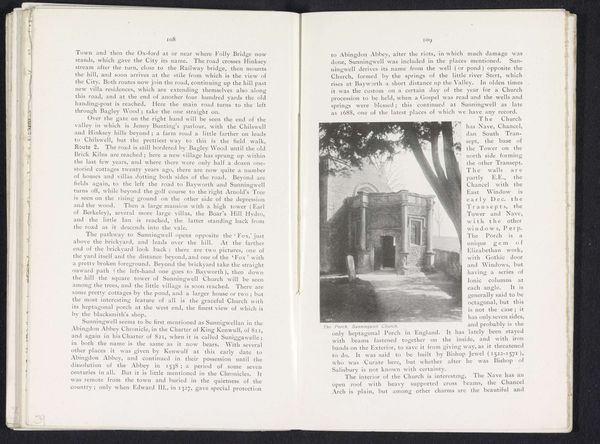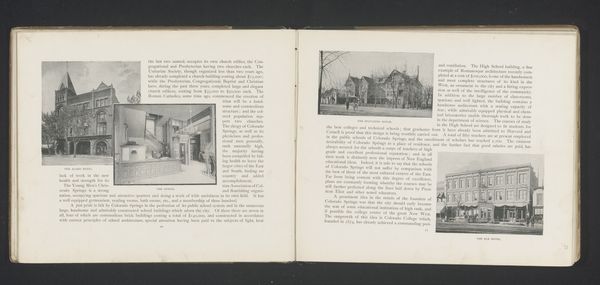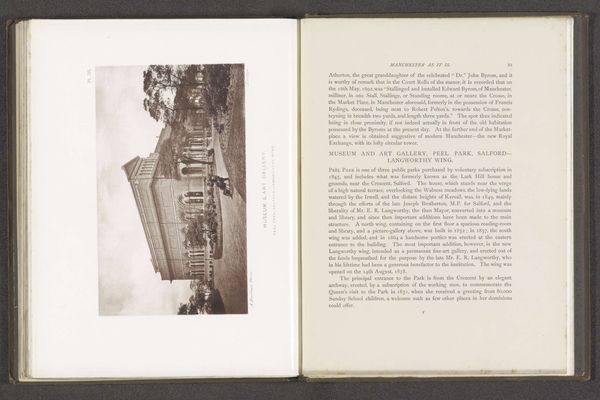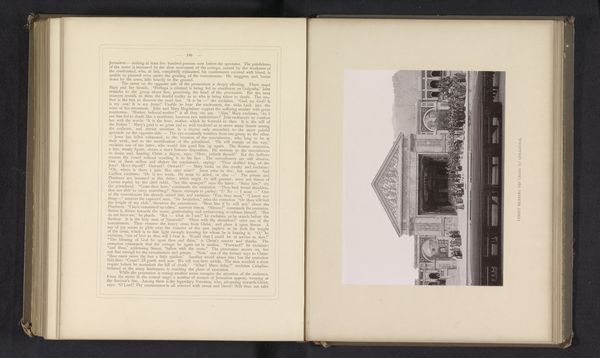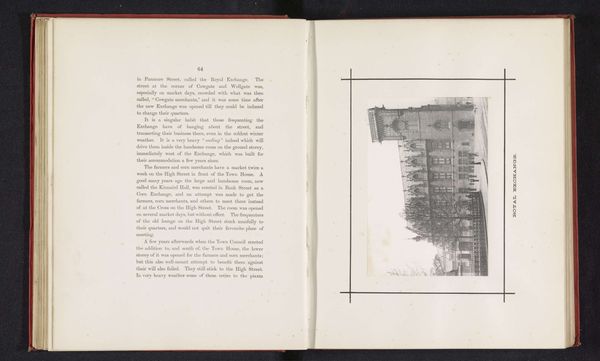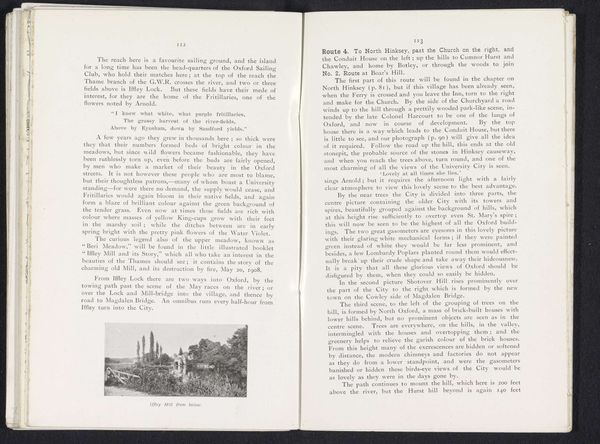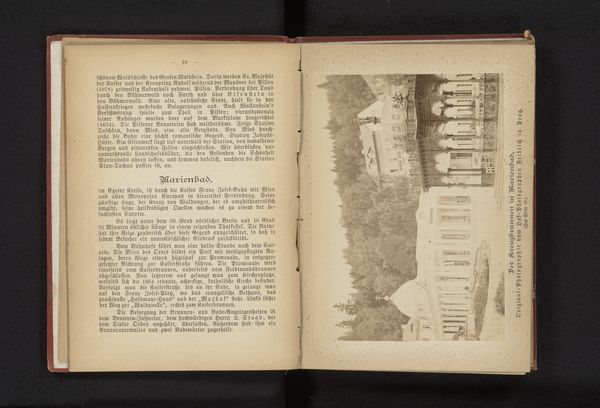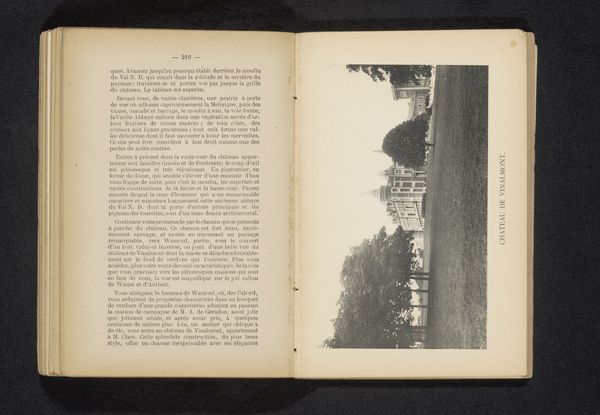
print, photography, gelatin-silver-print, architecture
#
medieval
# print
#
landscape
#
photography
#
gelatin-silver-print
#
architecture
Dimensions: height 57 mm, width 76 mm
Copyright: Rijks Museum: Open Domain
Curator: Here we have a gelatin-silver print titled "The chancel arches, North Hinksey," captured by Henry W. Taunt before 1912. Editor: Immediately, I'm struck by the somber mood—that monochrome palette, coupled with the rather stark architectural forms, lends it a sense of quietude and permanence. The composition feels very formal, almost rigid. Curator: Taunt’s photograph documents the North Hinksey church within its surrounding landscape. This provides historical context to this Medieval building that had socio-political impacts on the people that occupied it, such as its visual influence during the Norman era. This photograph offers a peek into its community and aesthetic during that time. Editor: Yes, the architecture! Look at the geometric interplay – the sharp angles of the roofline against the softer, organic forms of the trees. The way the light and shadow define the volumes, especially how they articulate the entrance's depth… Curator: And the photograph as a medium became significant, capturing landscapes and architectures allowed it to enter debates concerning preservation, heritage and access, becoming deeply embedded in constructing and publicising cultural narratives about historic monuments like this. Editor: True. But look more closely at the materiality of the church structure itself. The rough texture of the stone walls, as it fades to light from the depth, contrasts with the smoother planes of the newer additions. It creates an intriguing juxtaposition. The photographer has paid acute attention to it. Curator: We must remember, of course, that the photographic choices were not merely aesthetic but were driven by social and political forces wanting the control and agency when representing British cultural identity with the landscape. The medieval period in Britain and in Europe, was very important to build identities upon and for building public audiences who value art. Editor: Agreed. But within that, even through that political context, the photographer made choices—aesthetic choices that still affect how we perceive and understand this space. It's a beautifully rendered image, whatever the intention behind it. The tonality adds another dimension of visual delight, such a narrow depth-of-field… fascinating! Curator: Reflecting on this, it strikes me how artworks like these provide the tools with which public opinions are molded, especially around what we conserve, remember, and valorize of that monument today. Editor: Indeed. I walk away noticing how well Taunt renders form through tonal gradations to give us more than just a building; but more.
Comments
No comments
Be the first to comment and join the conversation on the ultimate creative platform.
